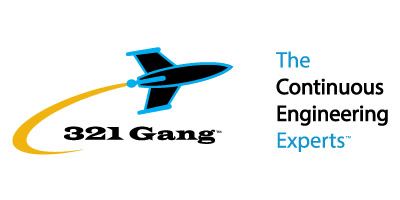The Difference Between Velocity, Capacity, and Load - A Clarification of Terms
 We often see a lot of confusion among new agile practitioners in regards to the definition and use of the terms Velocity, Capacity, and Load. As the terms are often measured in points or idealized engineer/developer days, it is important to use the terms correctly so that our measurement is clear accuracy is self improving over time. The following definitions and examples are made in the SAFe context but the terms will have similar definitions when using Scrum.
We often see a lot of confusion among new agile practitioners in regards to the definition and use of the terms Velocity, Capacity, and Load. As the terms are often measured in points or idealized engineer/developer days, it is important to use the terms correctly so that our measurement is clear accuracy is self improving over time. The following definitions and examples are made in the SAFe context but the terms will have similar definitions when using Scrum. 
Velocity is the measured results of a team averaged over time. It is a math exercise. All the points from everyone on the team that are delivered and accepted go into the average.
Note: For the first Program Increment (PI), we establish an initial velocity as a reference point for each team based on 1 point per 6 hours of anticipated person-hours of availability. This was a 1-time exercise due to lack of data to average and not required for future PIs unless teams are added or significantly changed, or as a normalizing exercise if teams diverge too far apart in their practice.
Capacity is an estimated value that potentially can be delivered that is determined during PI planning. It is based on Velocity and modified for the realities of anticipated holidays, staffing absences or changes. If our velocity was 40, but the US Thanksgiving holiday falls in the next sprint, we might use a capacity of 25 while our velocity remains unchanged at 40. The velocity, itself, is unchanged since it is the calculated average of past performance.
Load is the team’s committed value of the number of points the team intends to deliver in a sprint or PI. It is based on team capacity and the stories available in the backlog. In our example, the team may decide a load of 20 is more appropriate considering the availability of the team for the sprint including the holiday.
Read the complete WHITEPAPER to learn more.
For more on 321 Gang’s support of lean, agile, and scaling agile, visit https://321gang.com/scaled-agile-framework-safe/
Doug Stewart – Director of Services

Doug Stewart, Director of Services at 321 Gang, is a SAFe® Program Consultant (SPC), and is certified in Lean Six-Sigma.
Doug has a passion for Software Development and Software Development Process Improvement. Doug’s first job was to automate the calculations for the calculus associated with noise levels in enclosures like truck and auto cabs. Recently, Doug has been working as an Agile Coach working with industry thought-leaders to help organizations achieve business agility through better software processes and tools. Combining SAFe with more than 25 years of IBM Rational tool experience gives a complete set of capabilities to help customers address their enterprise-level systems and software development needs.
The Future is Now
We have helped our clients:
- Reduce development costs by 50-60%
- Accelerate time to market by 20-40%




